Sitting through the OnePlus 7 Pro launch event in New York last month was pure torture. OnePlus put on a good show, but since the leaks and OnePlus itself had already revealed everything there was to know about the device, I simply wanted to get my greasy fingers on the phone and test it for myself. Following the on-stage presentation, I spent a good 90 minutes with the device, taking pictures and video, testing the cameras and playing games to test the performance — all the while mesmerized by the OnePlus 7 Pro’s display.
I have to say, the display on the OnePlus 7 Pro is out of this world. The phone uses a vibrant 6.67-inch, 3120×1440 AMOLED panel with a 90Hz constant refresh rate which curves as it stretches to the very edges of the device. To make the display as immersive as possible, OnePlus chose to give the front-facing camera a pop-up mechanism which allows the display to stretch to the far edges without an unsightly notch or hole-punch cutout.
For day-to-day tasks, the OnePlus 7 Pro’s display may seem like overkill. Who really needs a 90Hz constant refresh rate for browsing the web or scrolling through your Instagram feed? While the refresh rates are incredible for added smoothness while scrolling through your Instagram feed and those quick transitions when opening and closing apps, the display is also one of the best on the market when it comes to color accuracy, contrast, and brightness. In DisplayMate’s lab tests, the panel was given a rating of A+, outperforming the incredible display that Samsung used on the Galaxy S10.
At first, I was enamored with the phone. While it offers incredible performance, the display is the feature which sets it apart from its competitors. There’s really nothing like it, especially when playing some of the most demanding Android games. While there are thousands of great games for Android, only about 100 games are available which can take advantage of the 90Hz refresh rate the phone has to offer. At first, I really didn’t notice much of a difference until I realized that most of these games don’t have high refresh rates turned on by default. But once you jump into the setting and flip the switch, the OnePlus 7 Pro’s display truly comes to life.
Unfortunately, after using the OnePlus 7 Pro for just two weeks, the honeymoon syndrome has already worn off.
For as good as it, the display isn’t perfect. While it has some of the smallest bezels we’ve seen on an Android smartphone, the 6.67-inch makes the OnePlus 7 Pro obnoxiously large and heavy. The size does lend itself to immersive gaming and media consumption, but I found it quite uncomfortable to play games or watch shows for more than 20-30 minutes at a time. The phone’s 4,000 mAh battery does contribute to the weight issue, but this phone would still be as impressive and more usable if its display was only 6-inches with a 3,600 mAh battery.
The size of the display also means that the phone is nearly impossible to use with one hand. Oxygen OS does have a few built-in features which allow you to swipe up anywhere on the home screen to open the app drawer or swipe down on the home screen to pull down the notification shade. But there’s no dedicated onehanded mode like you get on other large screen devices. The size also makes it awkward to put in your pocket. The easiest option is to slide it in your back pocket, but it’s so tall that it still hangs out significantly, event before you slap a case on it.
I also have an issue with the curved display and glass. Samsung and Huawei have included similar designs on their flagship smartphones, but the curved edged of the display come with more drawbacks than benefits. On the positive end of things, the edges of the phone are thinner while also giving the device a unique design. That being said, curved displays are notorious for registering false taps on the display from your palm. To compensate for this, OnePlus has cranked up palm rejection higher than usual, causing some frustration on the other end with actual taps not registering. The OnePlus 7 Pro also has a “phantom touch” bug which I’ve experienced several times. OnePlus has acknowledged the issue and is working on a fix, but we don’t yet have a timeframe for when it will be released.
And don’t get me started on the glare. No matter how you hold the phone, you’ll always have glare on the screen if there is any light source behind or above you. The reason for this is the curved glass, an issue I’ve been griping about since Samsung first introduced the world to its “edge” display technology nearly five years ago. If you adjust the phone so that there’s no glare in the middle of the screen, you typically will still have a solid glare line running along the curve of the glass which is extremely annoying while playing games or watching video in landscape mode.
I can’t only one who thinks the OnePlus 7 Pro with a smaller, flat display would have made it a better device. By doing so, the OnePlus 7 Pro could have been slightly cheaper, making it that much more appealing for those aren’t happy with the phone’s price point. Of course, there’s always the standard OnePlus 7, but you won’t be getting a display panel that’s nearly as good and you’ll need to import the phone if you live in North America.
The OnePlus 7 Pro is one of the best devices I’ve used this year. The company has finally stepped up its game to deliver a flagship-tier device that has mass-market appeal at an unbelievable price. My personal issues with the display may seem trivial, but I think they’re worth mentioning since it’s been a long time since I’ve had a love/hate relationship with a single component on a smartphone.

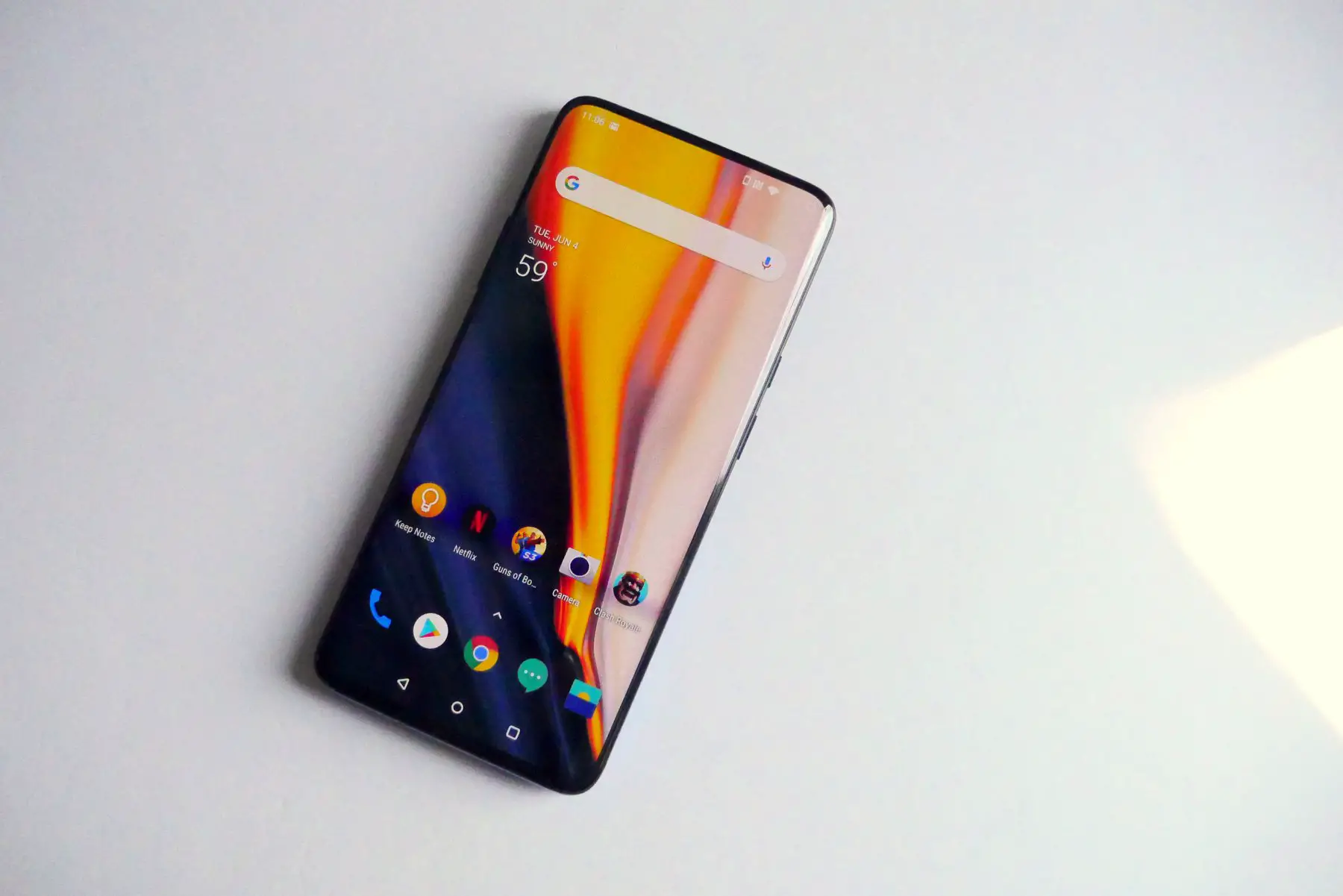
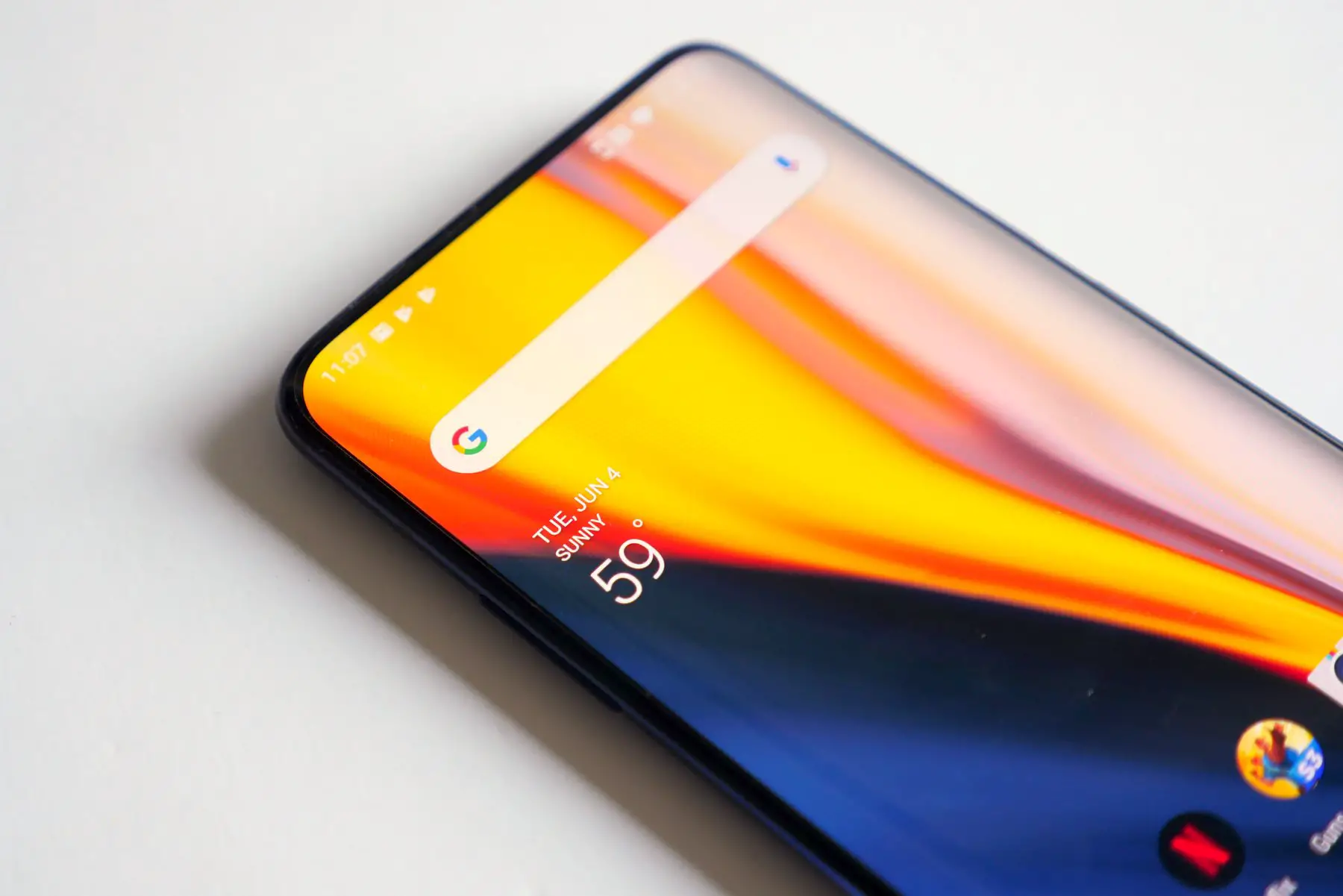
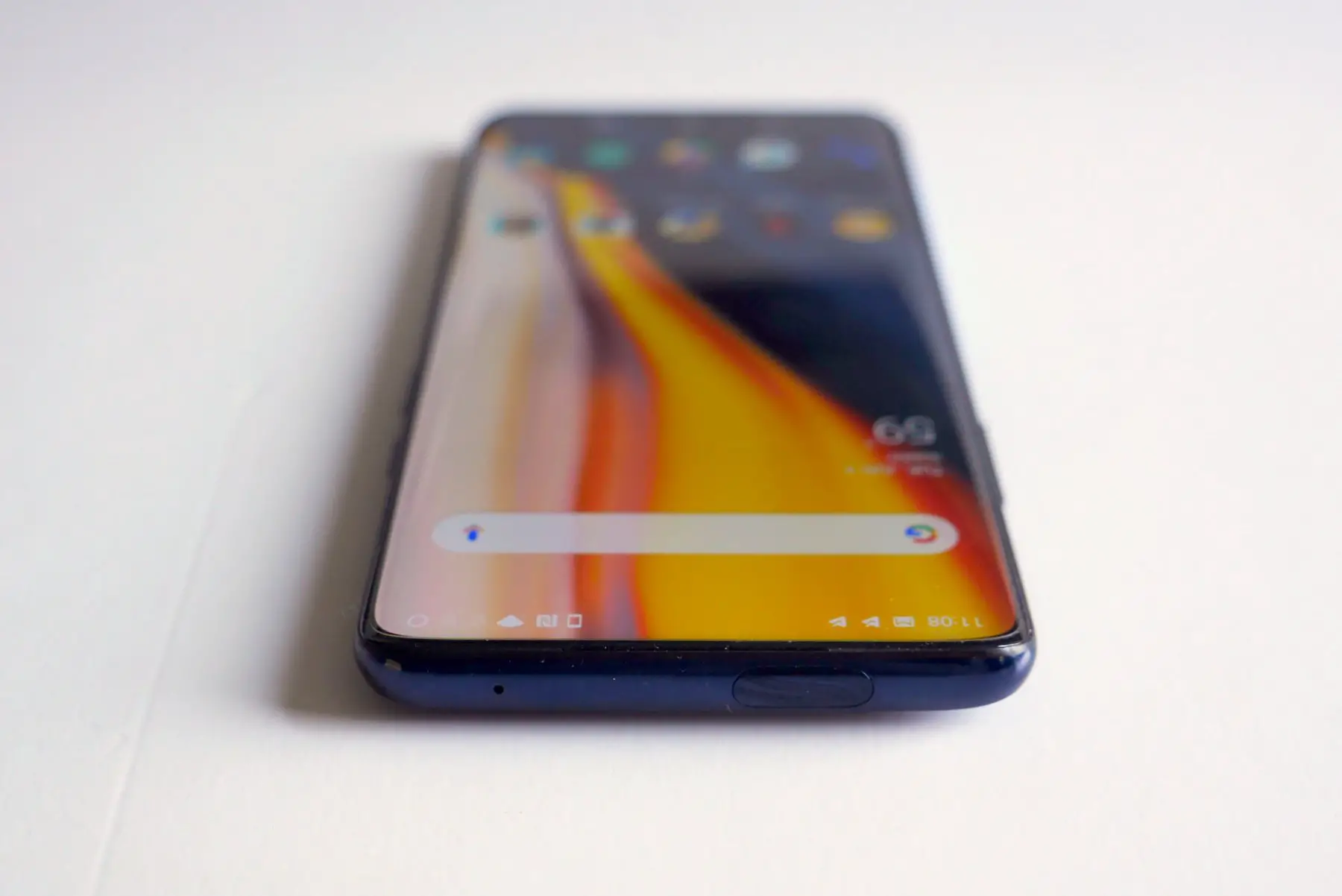


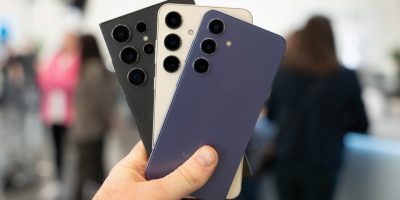

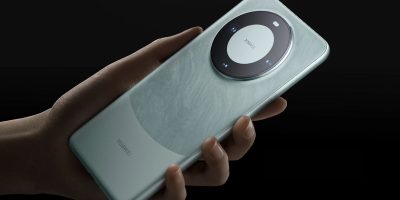




Comments